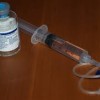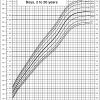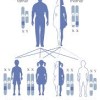Universal precautions and mortuary practitioners: influence on practices and risk of occupationally acquired infection
Abstract
Embalming, the most common funeral practice in the United States, may expose the embalmer to infectious diseases and blood. We surveyed the 860 members of the National Selected Morticians in 1988 to estimate the incidence of self-reported occupational contact with blood and infectious disease, assess morticians’ knowledge of acquired immunodeficiency syndrome (AIDS), determine their adherence to universal precautions, and identify predictors of practices designed to reduce risk of occupational exposure to infections.… Read more




















